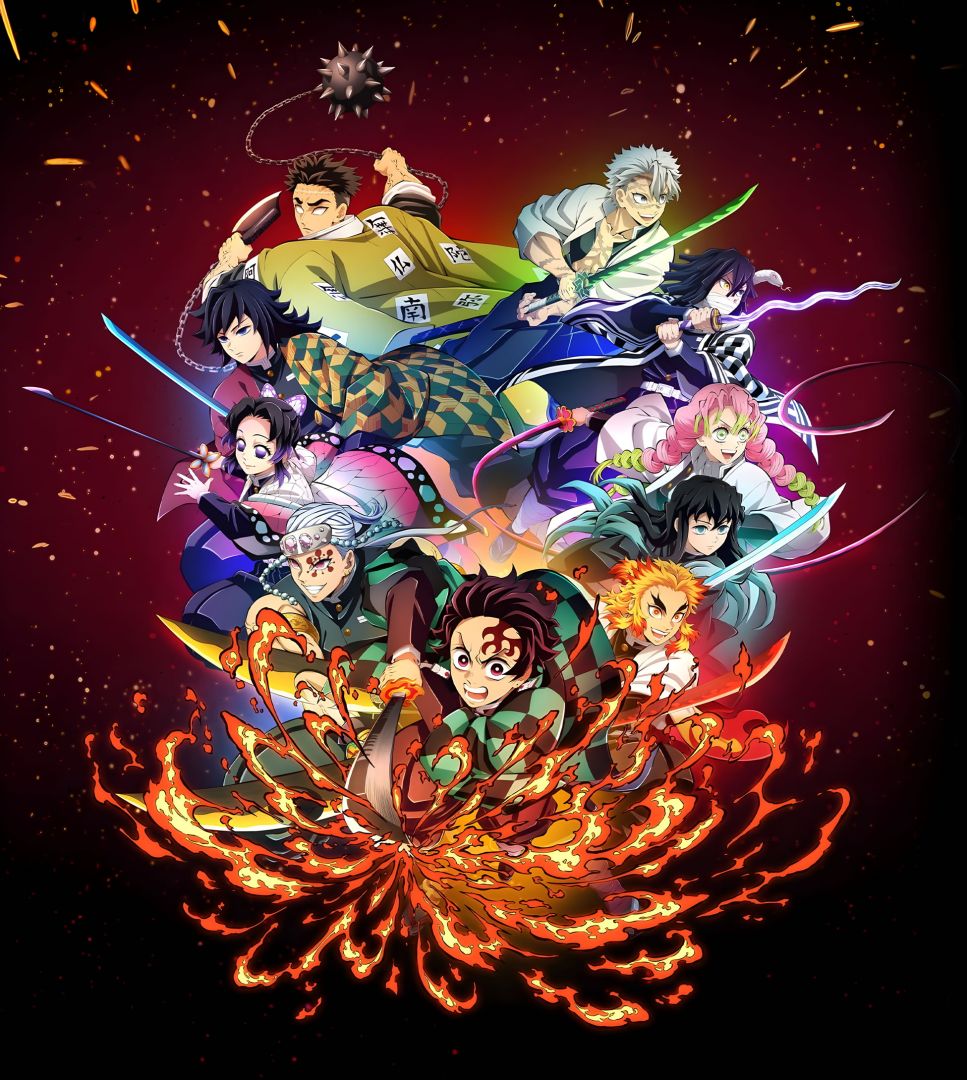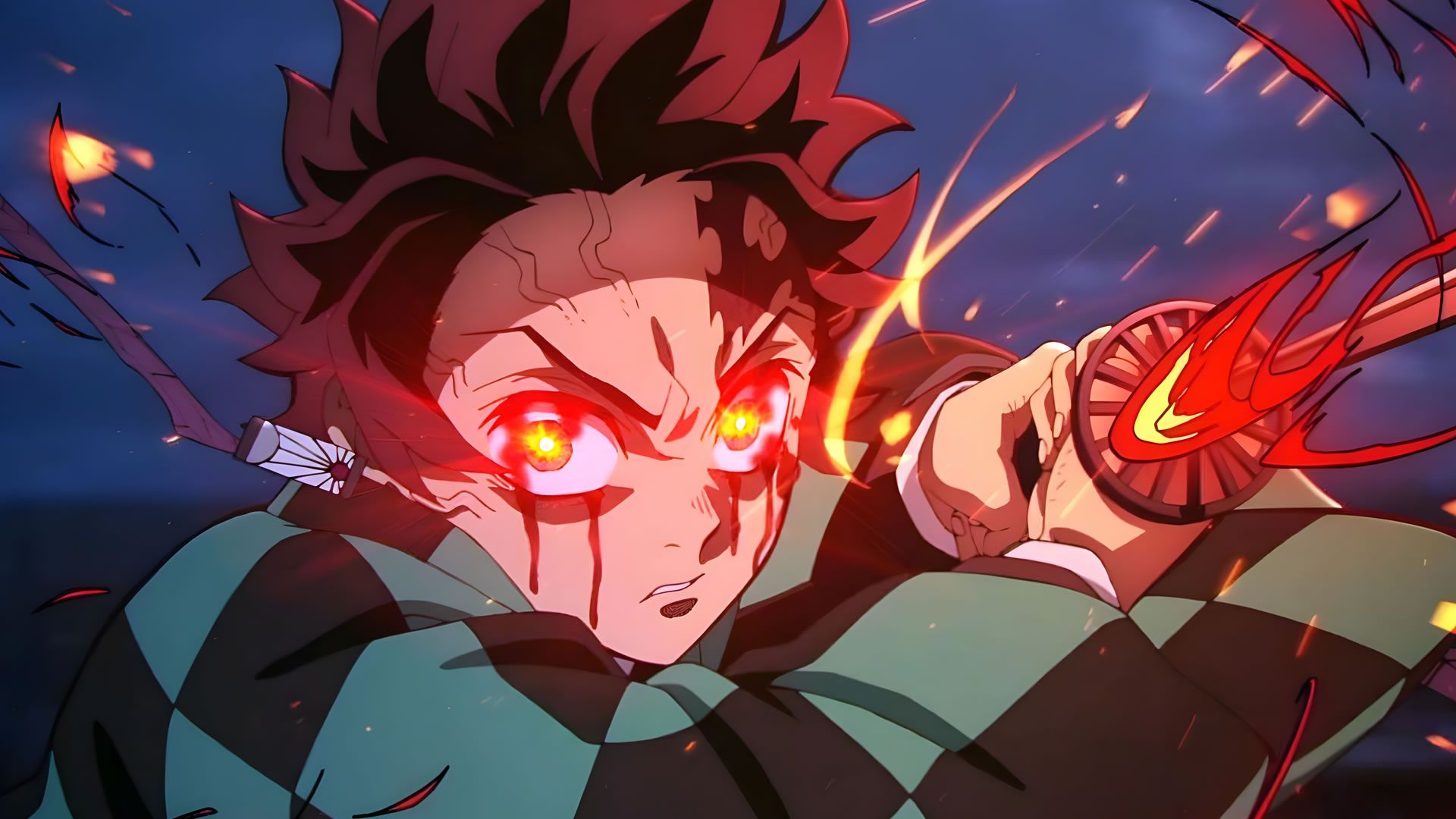Few anime have penetrated popular culture as much as Kimetsu no Yaiba (Demon Slayer)the epic of Koyoharu Gotouge about young hunters facing demons. Beyond its supernatural aesthetics, the story contains a deeply Japanese metaphor, inspired by one of the country's most turbulent periods: the Meiji era (1868–1912)when Japan abandoned its feudal system and opened up to modernity after centuries of isolation.
Behind its fantastic plot hide very real historical fears, from the trauma of the “blood tax” to the perception of the foreigner as a threat.
The “blood tax” that changed Japan
In the mid-19th century, Japan realized that its isolation had left it behind the West. To avoid colonization, the Meiji government promoted accelerated modernization: it abolished fiefdoms, centralized power, and replaced the samurai with a national army. In 1873 the conscriptiona measure that radically altered rural life.
Many peasants lost the adult men of their families, called up, leaving women, the elderly and children in charge of the homes. This absence of protective figures, so present in Kimetsu no Yaibareflects the vulnerability of a generation that grew up without guardians, forced to mature ahead of time. The brothers Tanjiro and Nezuko Kamado They embody that collective orphanhood.

When the demons were the foreigners
The turning point came with a translation error. The military ordinance used the French term impôt du sang“blood tax,” which the peasants interpreted literally: they believed that the government planned to extract blood from the villagers to sell it to foreigners. The rumor unleashed riots and collective panic, which were violently repressed by the army.
In a Japan that was beginning to receive Western ships and merchants, the foreigner came to be seen as a predatoran entity that came to “suck the blood” of the country. The figure of the demon synthesized that fear: a nocturnal and inhuman invader that feeds on its own. Kimetsu no Yaiba takes up this metaphor, with demons attacking villages while a military elite tries to control the threat.
Modernization as a monster
The anime also reflects the clash between tradition and progress: locomotives, electricity, uniforms and rapidly changing cities. It is no coincidence that Kimetsu no Yaiba: Mugen Ressha-hen (The Infinite Train) revolve around a railway, a symbol of modernity in the 19th century. At the time, the train was perceived as a foreign force that “stealed the soul” of travelers. In the series, the demons can be read as an allegory of industrialization: a modernity that devours the old and disintegrates family ties.
The fear of the “other” continued decades later. During the Great Kanto Earthquake In 1923, rumors of Korean poisoners led to mass persecutions. The press reinforced the idea of the invisible enemy, a narrative that would later fuel pre-World War II nationalism. That cultural heritage—the fear of the external, the purity of lineage, and atonement through sacrifice—is still present in Gotouge's imagination.
From Kanto to total war
Although Koyoharu Gotouge has never openly stated that Kimetsu no Yaiba Whether it is an allegory of Meiji Japan, the correspondences are evident: young orphans faced with an incomprehensible threat, a country seeking redemption after losing its innocence, and a generation marked by institutional violence. The work turns collective trauma into a redemption mythologywhere demons embody both evil, guilt and social transformation.
Do you consider that Kimetsu no Yaiba reflects the tensions of modern Japan under a supernatural guise?
